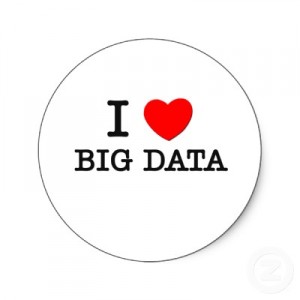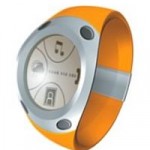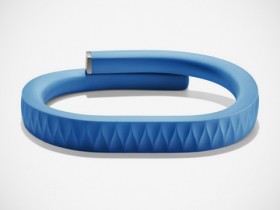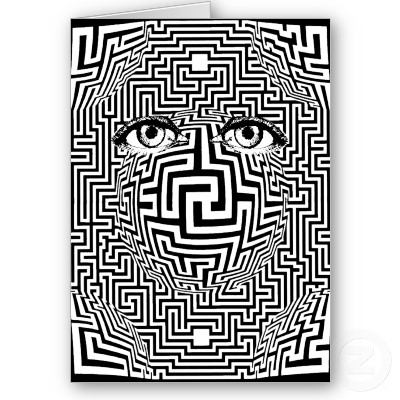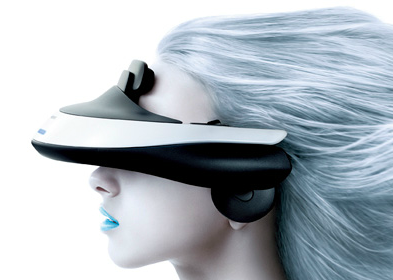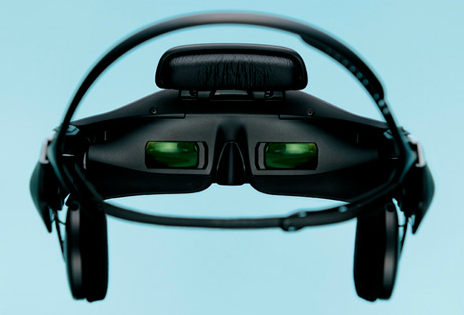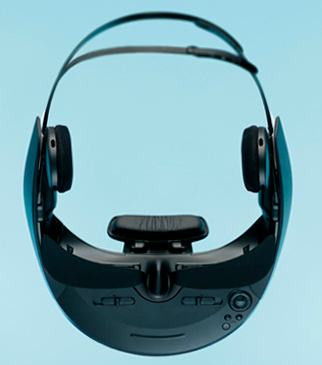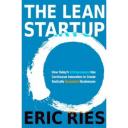In cognitive design we can frame business ethics as a behavior change challenge. This means identifying target behaviors to stop, start and avoid starting and then designing changes to the environment that encourage or require the behaviors as well as one or more pathways to learn them from experience.
More specifically, some behaviors and decisions are ethical and others are not. The challenge in many organizations is to have employees either stop or avoid starting unethical behaviors and start ethical ones.
Taking a cognitive design approach means we study actual business behaviors and the deeply felt psychological needs that drive them. Only by understanding the underlying psychology can we hope to design an effective program to change unethical behavior or promote ethical ones.
 This approach is gaining academic traction in the rapidly emerging field of behavioral business ethics. According to a new book just edited by two leaders in the field:
This approach is gaining academic traction in the rapidly emerging field of behavioral business ethics. According to a new book just edited by two leaders in the field:
“This book takes a look at how and why individuals display unethical behavior. It emphasizes the actual behavior of individuals rather than the specific business practices. It draws from work on psychology which is the scientific study of human behavior and thought processes. As Max Bazerman said, “efforts to improve ethical decision making are better aimed at understanding our psychological tendencies.”
For a shorter introduction to what behavioral science can do for the practice of business ethics check out this inaugural address given at the Rotterdam School of Management. Cognitive designers will be most interested in the discussion on the emergence of distrust.
The cognitive-behavioral approach promises to reframe our approach to business ethics in a way that leads to dramatic improvements. We might make more progress treating ethics problems like we do eating or smoking problems. After all, assuming people are greedy and corrupt leads nowhere. Perhaps the key is to understand why they cannot control their impulses in a particular environment and how deeply felt psychological needs can be met in a more ethical manner.

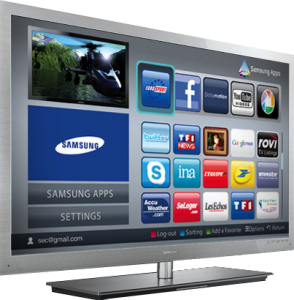 TV devices are being reinvented. They are now internet connected and can run apps just like your phone or iPad. Furthermore, with on-board gestural interfaces, cameras and microphones, they can listen, see and to some degree understand. According to Wired, Smart TVs Abound at the recent international consumer electronics show. The questions for cognitive designers is do smart TVs offer a new platform for applications or is it redundant?
TV devices are being reinvented. They are now internet connected and can run apps just like your phone or iPad. Furthermore, with on-board gestural interfaces, cameras and microphones, they can listen, see and to some degree understand. According to Wired, Smart TVs Abound at the recent international consumer electronics show. The questions for cognitive designers is do smart TVs offer a new platform for applications or is it redundant?
